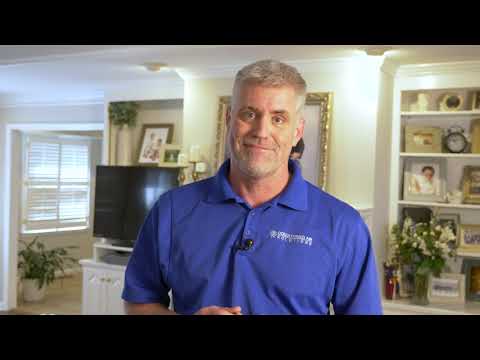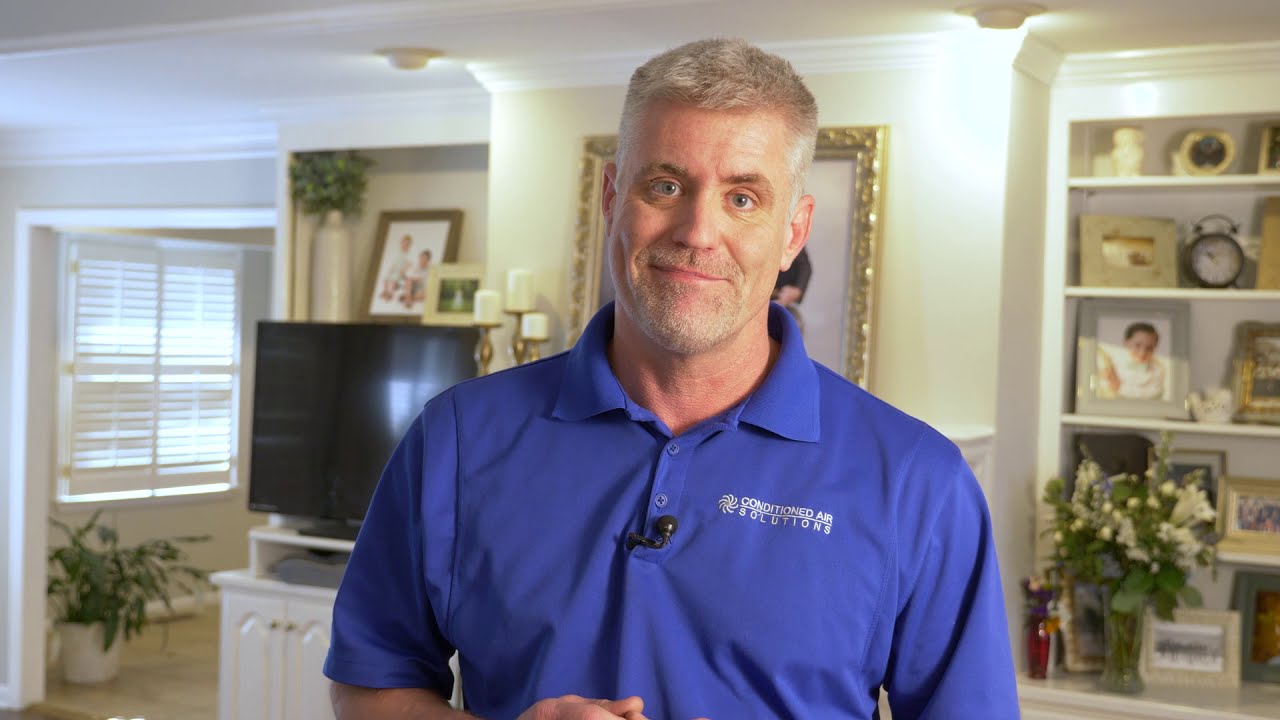Discover what to do if your heat goes out and stay warm during those chilly winter nights. When the temperatures drop and your heating system unexpectedly fails, it can be a stressful situation. However, there are several simple and effective steps you can take to ensure your comfort and safety until the issue is resolved. First, check the thermostat settings to ensure they are correct and properly adjusted. Next, inspect the circuit breaker or fuse box to confirm that the power supply to the heating system has not been interrupted. If everything appears to be in order, check the air filters and clean or replace them if necessary. Additionally, you can try using alternative heating sources such as electric space heaters or blankets to keep warm while you wait for professional assistance. Don’t forget to seal any drafts or leaks in your home to prevent further heat loss. Lastly, it’s crucial to contact a qualified heating technician to diagnose and fix the issue as soon as possible. By following these essential steps, you can navigate through a heat outage with confidence and ensure your comfort during the cold winter months.

What to Do If Your Heat Goes Out
| Issue | Possible Cause | Recommended Action |
|---|---|---|
| No heat at all | Thermostat malfunction, power outage, or gas supply interruption |
|
| Inadequate heat | Clogged air filters, blocked vents, or improper furnace settings |
|
| Uneven heat distribution | Improperly balanced or clogged ducts, faulty zone control system |
|
| Unusual noises or smells | Faulty blower motor, damaged heat exchanger, or gas leak |
|
When the Heat Goes Out: Expert Tips to Survive the Chills
What to Do If Your Heat Goes Out
Winter is upon us, and with it comes the need for a warm and cozy home. However, sometimes things don’t go as planned, and your heat may unexpectedly go out. Whether it’s due to a power outage, a malfunctioning furnace, or any other reason, losing your heat can be a stressful and uncomfortable experience. But fear not! In this article, we will discuss five essential steps you can take to stay warm and safe when your heat goes out.
Step 1: Check for Simple Fixes
Before you panic and call a professional, it’s important to check for any simple fixes that could solve the problem. Start by checking the thermostat to ensure it’s set to the desired temperature. If not, adjust it accordingly and give it some time to see if the heat kicks back on. Next, check the circuit breaker to make sure it hasn’t tripped. If it has, flip it back to the “on” position. Finally, inspect the furnace for any visible signs of damage or blockage. If you notice anything out of the ordinary, it might be time to call for professional help.
Step 2: Bundle Up and Insulate
While you work on resolving the issue, it’s essential to keep yourself warm. Bundle up in layers of clothing and use extra blankets to stay cozy. If you have a fireplace, light a fire to provide some temporary heat. Close off any unused rooms to concentrate the heat in the areas you’re using. Additionally, use draft stoppers or towels to block any drafts under doors or windows. This will help to maintain a warmer environment while you wait for the heat to come back on.
Step 3: Utilize Alternative Heat Sources
If the outage is expected to last for an extended period or if you live in an area prone to frequent power outages, it’s crucial to have alternative heat sources available. Portable space heaters can be a great option, but exercise caution when using them. Make sure to keep them away from flammable materials and never leave them unattended. Another option is to use a generator, but make sure to follow all safety guidelines and keep it outside to prevent carbon monoxide poisoning. Always prioritize safety when using alternative heat sources.
Step 4: Contact a Professional
If you’ve exhausted all simple fixes and your heat still hasn’t come back on, it’s time to call a professional HVAC technician. They have the expertise and tools necessary to diagnose and fix the issue. While waiting for the professional to arrive, continue to stay warm using the previously mentioned methods. Remember, attempting to fix the problem yourself without proper knowledge and experience can be dangerous and may cause further damage to your heating system.
Step 5: Prepare for Future Outages
Once your heat is restored, take some time to prepare for future outages. Consider investing in a backup generator or a battery-powered space heater. Stock up on extra blankets, hand warmers, and non-perishable food items. It’s also a good idea to have the contact information of a reliable HVAC technician on hand. By being prepared, you can minimize the impact of future heat outages and ensure the safety and comfort of your household.
In conclusion, losing your heat can be a daunting experience, especially during the cold winter months. However, by following these five essential steps – checking for simple fixes, bundling up, utilizing alternative heat sources, contacting a professional, and preparing for future outages – you can stay warm and safe until your heat is restored. Remember, always prioritize safety and consult with professionals when necessary. Stay warm!

